I’d like to apologize for the delay in writing this blog. Although I’ve plenty to write about my last few weeks, there have been more significant items taking priority. In order of their occurrence, the first such event was my admission into graduate school. The six months I spent reaching out to recommenders, studying for the GRE, taking a Spanish certification test and writing essays paid off. I was accepted into four programs, and have narrowed down my final decision to the Georgetown School of Foreign Service and the John’s Hopkins School of Advanced International Studies. In a few weeks, I will be traveling down to D.C. for accepted students day and will, hopefully, make a final decision. On a more somber note, my family and I have had two people very close to us pass away in the last ten days. The first was my grandmother on my mom’s side, an elegant and loving mother of 6, grandmother of 19, and great-grandmother of 1. The other was Paul, one of our directors of the Shoulder to Shoulder Organization. He was a mentor, a friend, and along with wife Laura, practically like family. Both passed away peacefully and will be missed dearly. This post is dedicated to them.
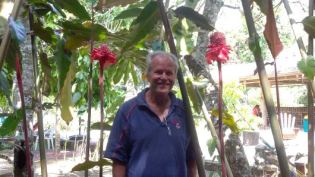
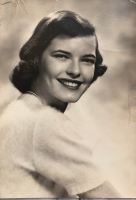
I picked up the brigade from Chili Presbyterian Church on Monday, March 12th. They were a small group who wanted to focus on vision care in Camasca. The brigade was comprised of Dr. Rashida, Dan who is an optician, and three helpers Andy, Sharon, and Lisa. Dan and Andy had been to Camasca 18 months previously as part of a construction brigade that helped with various projects at the bilingual school. The first day we gathered all of their belongings, including multiple suitcases of glasses to be donated, and began the journey back to Camasca. We stopped at Lake Yajoa for lunch, which is the largest lake in Honduras, and ate fresh fish in front of a stunning view.

The following afternoon we arrived in Camasca at our cook Yeny’s house. We decided to have the brigade stay here instead of the church because there were only five of them. At Yeny’s there were four bedrooms for the five of them, four hammocks and an outdoor porch. After they settled in we went to the bilingual school for the first of seven clinics. In my opinion, each one was better than the last as our processes became streamlined and everyone got more comfortable in their roles. We held clinics at the bilingual school, the high school and the other elementary school in Camasca. In the mornings we also held clinics for the public in the center of town. On Friday we traveled the next town over, Concepcion, where we held a clinic at the high school in the morning and one for the public in the afternoon. On average we were able to attend about 50 patients during each clinic which normally lasted about four hours. Throughout the week we estimated that we saw anywhere from 300-350 patients. There was certainly plenty of need and occasionally we had to turn people away because we simply didn’t have enough time to see everyone.

The clinics ran like a well-oiled machine. The participants or patients would arrive early and queue themselves. There were a few volunteers, students or workers, that would sit at a desk and help every person fill out a patient information and medical history form that they would bring with them during the exam. There were four stations that made up the clinic and we funneled people through each one. The first was with Andy, which was a traditional eye test where you cover an eye and try to read the letters from a distance of about 20ft. We also had a poster with the letter E in different directions for those who didn’t know how their letters. They would simply point which direction the letter was facing. The next station was with Dan. He would have the patients follow the light with their eyes, look for signs of cataracts or glaucoma, and then check their peripheral vision. Afterward, they headed to a table with Lisa and Sharon. At this spot, they would put on special glasses that raised certain pictures to check depth perception, and then another test for nearsightedness. If after all of those stations we deemed your vision to be acceptable, you were dismissed. If we had identified certain problems you would continue on to see the doctor where she would write a prescription for glasses and/or diagnose a more significant problem. We saw a significant number of people, both young and old, who had the beginnings of cataracts and irritation in their eyes. Both of these are caused by exposure to the strong Honduran sun. We recommended to almost everyone that they wear sunglasses when they are outside, but unfortunately, it’s not a part of their culture. Almost no one wears them. I’ve heard various reasons like you don’t look trustworthy if your eyes can’t be seen or people make fun of you.
Obtaining and distributing the glasses was the final part of the brigade. The group brought down about 1600 pairs of glasses from the U.S. and donated them to the Lions Club in La Esperanza, the closest city. They agreed to assist us with our brigade and allowed us to pull our prescriptions from their collection of existing glasses. We returned to La Esperanza on Saturday and spent the entire day pulling prescriptions, usually three per person so they would have some choices, organizing them into bags, and labeling them with the patients’ number and exam location. It was a long day but we were able to pull almost 400 pairs of glasses! I was glad that the following day (Sunday) was a day off because the brigade had been working incredibly hard. We were up for breakfast at 7am, and conducting exams until dinner time at 6pm every day. Sunday evening we had a combination farewell dinner at Profe Iris’ house that was for both the brigade and for myself. Joining us were the teachers from the bilingual school, the other volunteers, and Profe Edwin and his wife Cindy. There was a myriad of speeches that followed in true Honduran fashion. It was a bittersweet ending of my time there. I know I will miss Camasca, and it is the closest place to a second home that I have. At the same time, I knew I wanted to get home to either see or pay my respects to my grandmother and Paul. Amidst this sadness, there was also excitement for the next chapter at graduate school where I can better prepare myself to assist communities like Camasca.

On our final day in Camasca, we went back to the bilingual school where it all began, both for me and the brigade. For the first few hours, we handed out glasses to every patient that had received a prescription from us during the clinics. I was shocked at the turnout and I estimate that we distributed about 70% of the glasses that we had pulled. Once the demand had slowed we had a short and sweet farewell at the school with cards for the brigade members, a song from the 5th graders, a dance and lots of pictures. The brigade members surprised the students with a pair of sunglasses for each of them. The kids were ecstatic! Once we announced that I would also be leaving with the brigade I was swarmed with hugs and lots of love. These kids truly are special, and I will be following their future closely. I hope to make it back for the first graduation ceremony from the bilingual school, if not sooner.
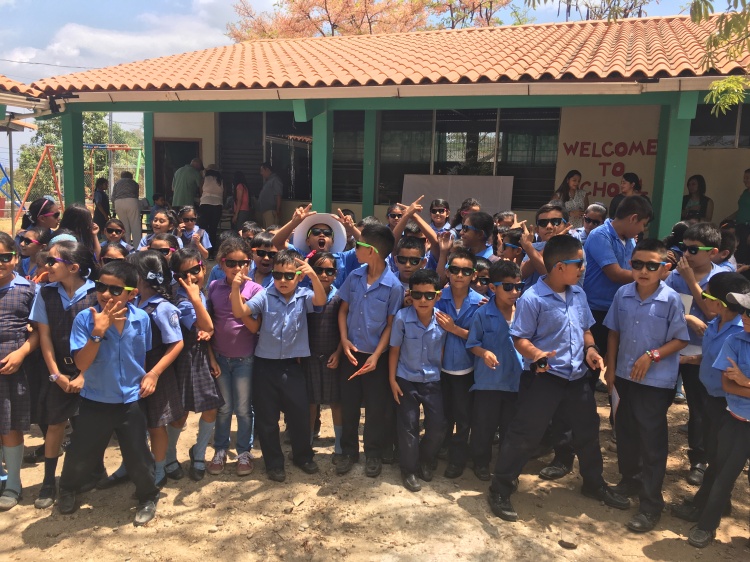
I want to thank Rashida, Dan, Andy, Sharon and Lisa for their tremendous work. The hours were long but never once did I hear a single complaint. I believe that this is the start of both a fantastic partnership and access to eye care for the people of Camasca. To the people of Camasca, thank you for everything. I mentioned at my farewell dinner that originally I planned to come for six weeks on my way to Chile and I ended up returning two more times for a total of almost a full year. It is a special place with a bright future.
And to my grandmother and Paul, may you both rest in peace surrounded by the love of those close to you, and the satisfaction of knowing you’ve lived a life of great purpose. I love you both.
MBT
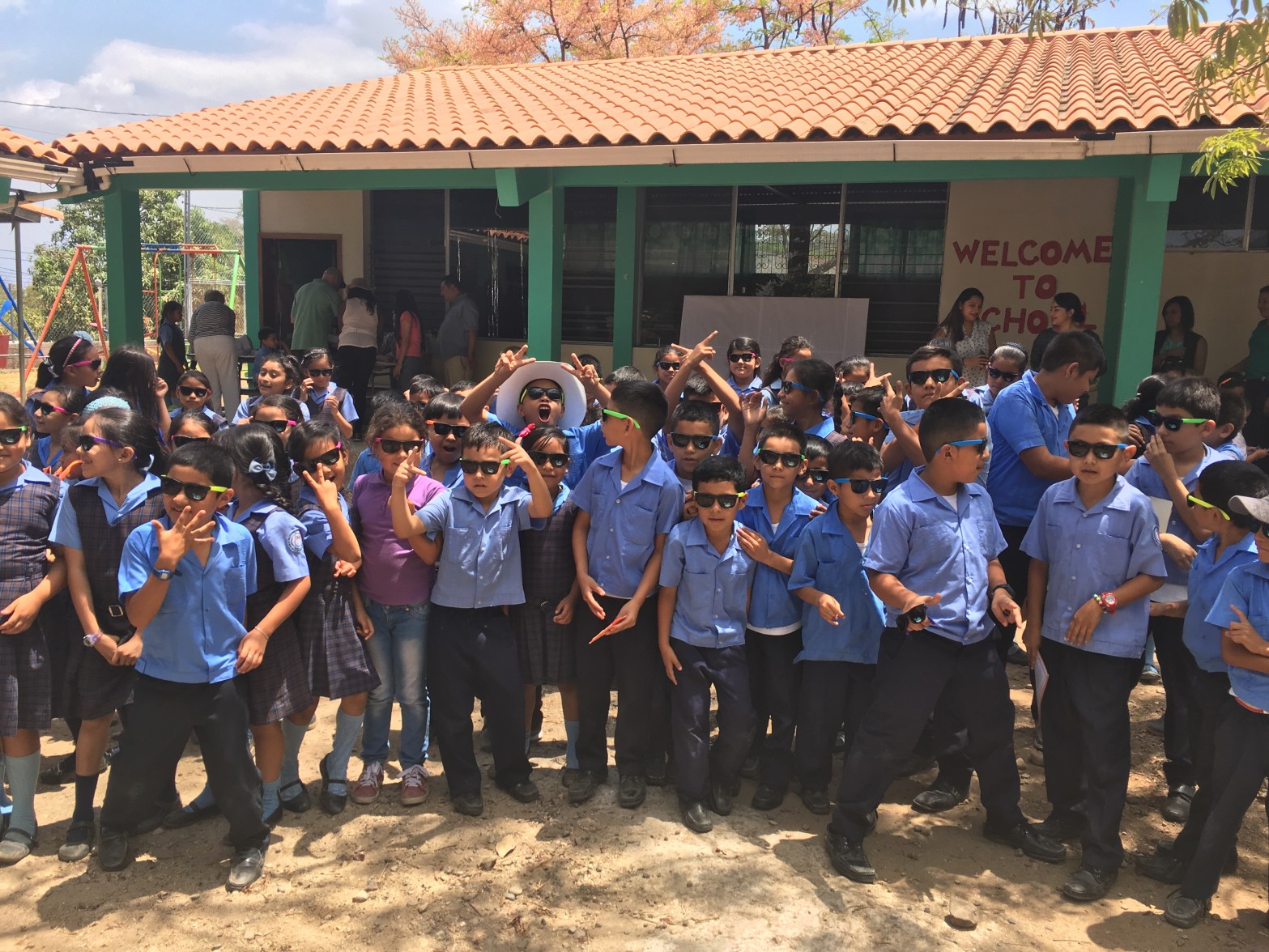


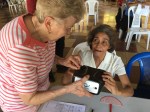
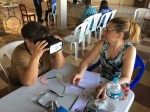
Another terrific blog post, thank you for sharing and giving us a look at what went on during your day-to-day operations
LikeLike